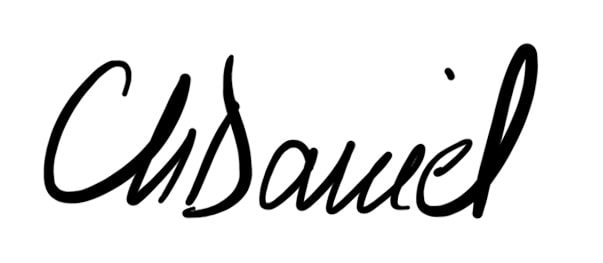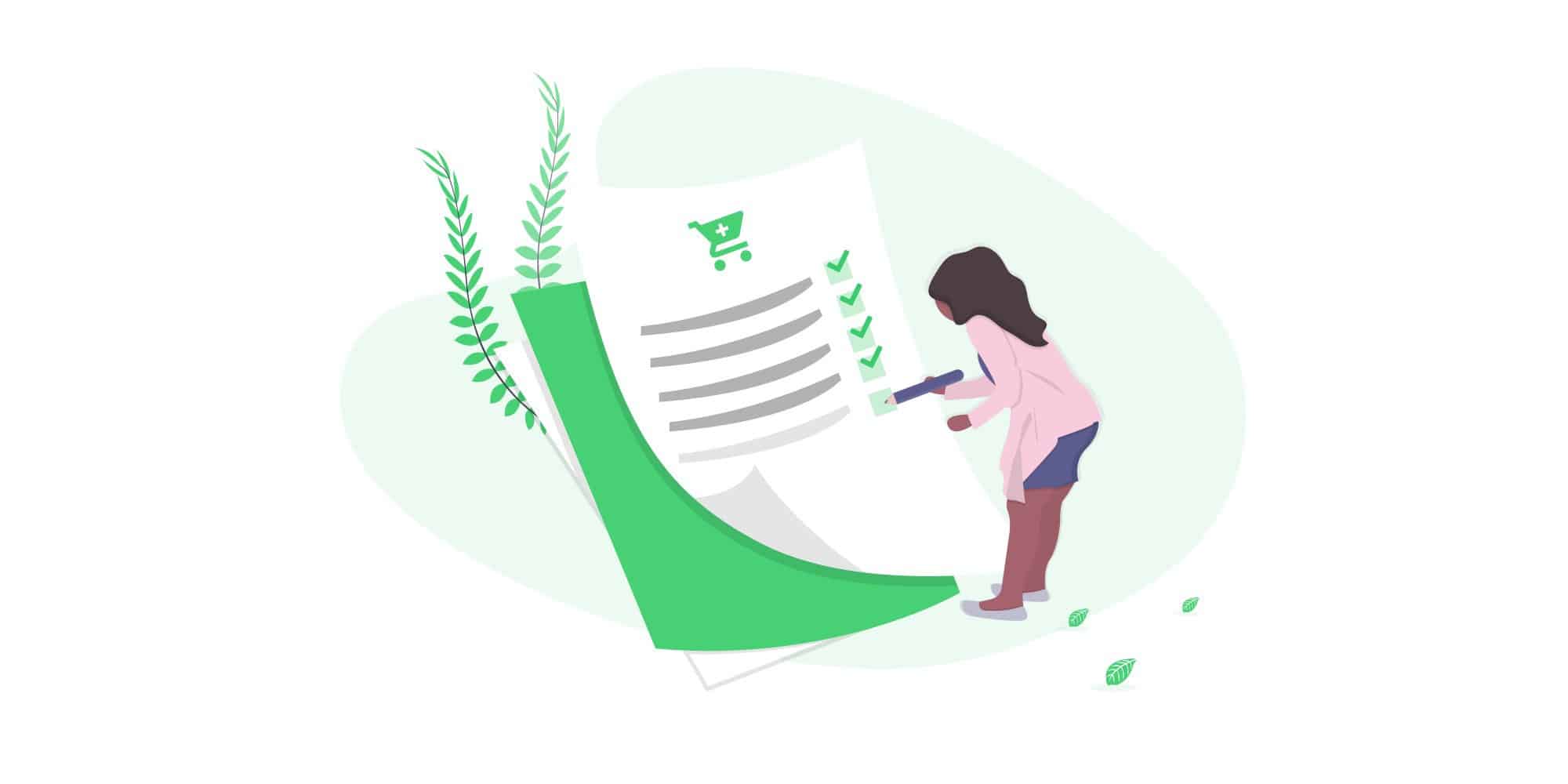
Last Updated on April 11, 2024 by Ch David
I know how frustrating it is that you’ve tried either buying either streetwear or high-end designer items for retail — and didn’t succeed in getting them.
Or you couldn’t try in the first place, since they sold out fast.
Eventually, sooner or later, we’ll all have to resort to resellers.
And then it gets very confusing:
By the time you get an answer to these questions it might have been sold out. This is what this guide will be helping you with.
The guide is as long as it gets — and it’s meant to be read fully just by those who are really scared (or maybe on a budget). Here’s how the article is structured
As you’ll come back to this article, use this checklist below to make sure you’re buying safely. It’s interactive and it saves your answers if you leave the website.
Related: How to detect sites selling fakes.
[frontend-checklist name=”Ultimate Buying Guide Checklist”]
And please be wary, we’re talking Facebook groups, not the marketplace. Every group has its own culture going on once they get past a few thousand members.
Part of any group’s culture will also be to kick out those who join in order to leech or simply have bad intentions — they’ll “clean out” the bad people much as humanly possible. This should be helpful to people like you who are looking to buy these designer or streetwear products.
Find a group by searching for your country’s name + keywords like:
Check for whatever sneaker/item you’re looking for using the search bar. Use the rest of this guide to make sure you stay safe.
Also, since we’re here, make sure you join the Legit Check App’s Facebook group — it’s not a group made up for selling or buying items, but we’re building a nice community.
Grailed is a nice marketplace where anyone can post their items as long as they’re not suspicious. Think of it as a Gumtree/Craigslist of streetwear, high-end designer, luxury or vintage stuff.
A huge chunk of sellers are US-based but there’s enough variety in there.
You probably won’t have to read this whole guide if you’re going with StockX. If budget is your concern, you’re better off with the other options. However, the extra price is not that high in most cases.
StockX is a proper company, so any kind of problem you’ll have will be handled one way or another by someone from their team. They guarantee 100% of their items are authentic.
If you have doubts though, all the guides on our app should help you have peace of mind.
It goes without saying that legit checking the item is the first thing you’d be looking for. If the item looks like this you won’t need any other point further down this list.
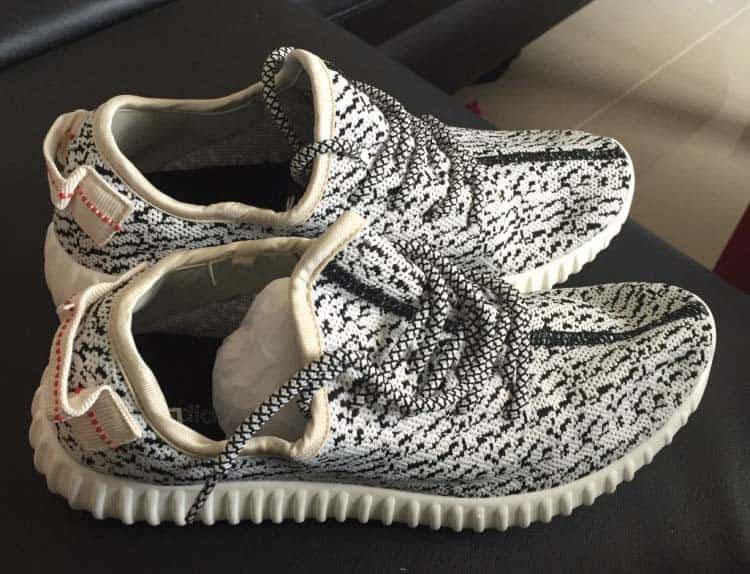
Which brings me to what this whole encyclopedia we’re building here is about.
Download the app and check out the guides we’re pouring our hearts and soul into — they should teach you how to tell between fake and real items.
We’ll see soon, however, that one of the scams you’ll need to look out for consists of showing pairs of real items and sending fakes.
Unless you really really know the seller, avoid anything else other than PayPal Invoice at all costs. Even for meet-ups.
PayPal invoice means you’ve got both your ass covered and the seller’s. If the seller is legit, they won’t have anything to worry about by going through PayPal invoice — except for the 2.9-4.4% extra fee.
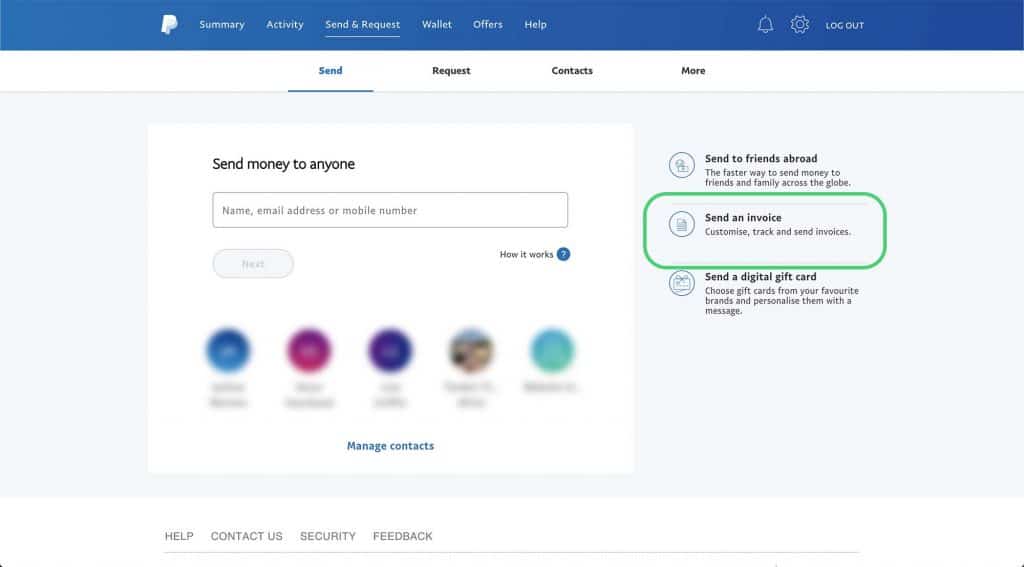
The common-sense consensus is pretty forward. You and the seller will split this extra percentage fee in a fair manner. Obviously it’s up to you to negotiate this.
If you don’t go through PP invoice at all times, here’s what’s going to happen to 1/15 things you’ll buy:
Say you paid £400 for this item you’re getting scammed for. And we said that it’s the 15th purchase when you get hit (likely it’s going to happen sooner than your 15th purchase).
Assuming the 4.5% (highest fee) and an average of £400 per item, that means you’re paying extra £18 for every purchase, just to be covered.
That means in 15 items you’ve paid an extra of £270 just so that you’ll get help if things go wrong. Paying £270 so you won’t be short of £400 and stuck with a fake item? Seems fair to me.
Not to mention the mental health impact and time saved. Stay safe, always use PayPal invoice. Even if it’s Barack Obama selling you a pair of Yeezys — trust me, it is better to go through PayPal Invoice (or any other payment alternative that gets you both covered).
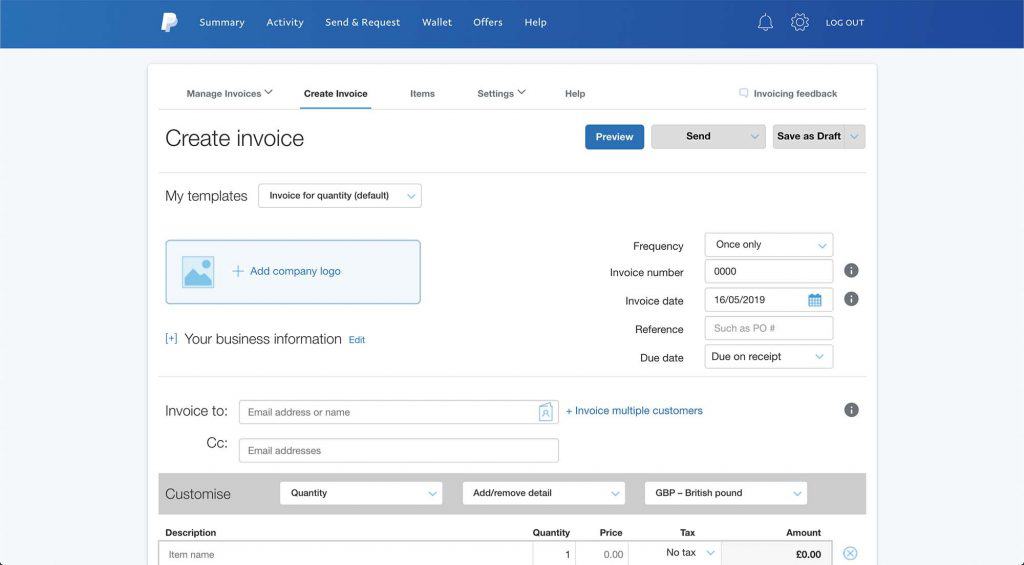
Only use do this if you truly trust the seller and think there’s no reason for him/her to scam you OR that if anything goes wrong, they will be nice and do something about it.
You can also use something other than PayPal invoice for a physical meeting IF you’re:
Don’t be afraid to ask for a PayPal invoice if you have any doubts during that meeting. It takes a minute to write up the invoice if you’ve know what you’d need to add in the description of the document (e.g. “The pair is 100% authentic, never worn … etc)
In another article we’ll put together what needs to be added to that invoice so that you can make up the invoice in a minute and just copy-paste that text.
Then it’s a no-no. Unless you’re 100% confident in your ability to authenticate (check our guides), you’re most likely wasting time, if not also money.
99% it’s better to just stick to being efficient and avoiding dodgy situations. No, statistically speaking, chances are not in your favour so that “the item was at a really good price”, you just got it and it’s also authentic.
Hate to say this but eBay is likely not the place you’d want to look out for items. Because it’s not curated, a lot of fakes are over there.
That doesn’t mean all streetwear or high-end designer items are fake on eBay, it’s just that the doors are open for anyone to put their stuff up.
If you do purchase something through eBay and find out it’s a fake, you can get your money back though — open up a PayPal dispute and you’ll receive a refund.
Pay close attention to this only if you’re buying something that was just released. Sellers ideally know that keeping the receipt helps a lot in case there’s any doubt on the buyer’s side (i.e. you).
Sometimes receipts physical, sometimes they’re sent via email.
Other than that, receipts can help (use your own judgement) but are not crucial to determining if an item is legit or not — they can be faked, taken from an actual transaction and added to a fake pair, etc.
Only be cautious if a recently released item doesn’t come with a receipt.
Make sure you do your due diligence and background check the seller:
This applies more to Grailed/eBay/Depop and sounds pretty obvious, however it’s worth mentioning as it will make the checklist.
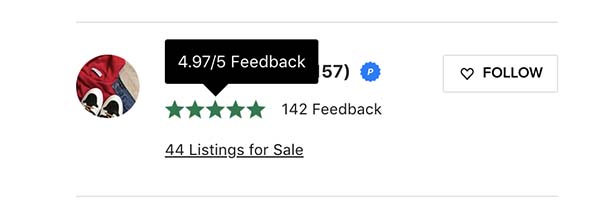
It makes sense why someone with 157 past transactions are more reliable than someone with 2 or 3. Here’s what I’d add: to those who have a lot of transactions, I’d have a close look at their negative reviews.
Why? In case something goes wrong, you want to see who you’re dealing with. Is it someone who’s going to be immature and ignore you or someone who will handle it fairly?
Pretty clear here: being vetted by an authority like PayPal goes a long way.

Ask for this, it’s a way for you to know that the seller has the items he’s claiming. A tagged picture means that next to whatever you’re buying, there’s a paper with the seller’s name + the date when that is taken.
Its purpose is to simply confirm that it’s their picture and that the item is in their possession. If in doubt, don’t be afraid to ask for that tag to be your name — someone you want to deal with will not be afraid to prove their authenticity.
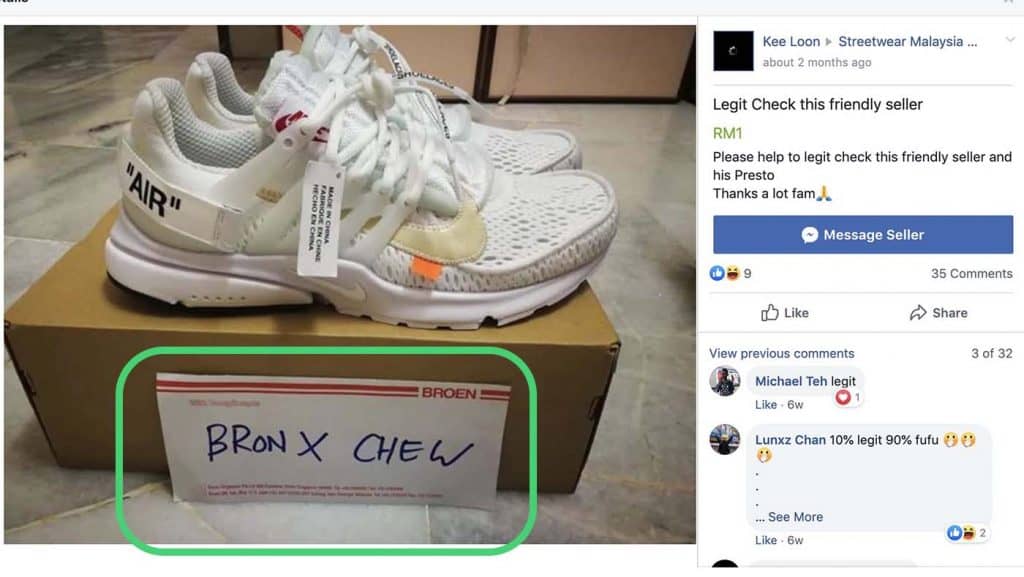
Speaking of not being afraid, don’t refrain from asking for a public legit check on the seller — that would consist of making a post in a group where reselling is allowed, asking other members whether they’ve dealt with this specific person.
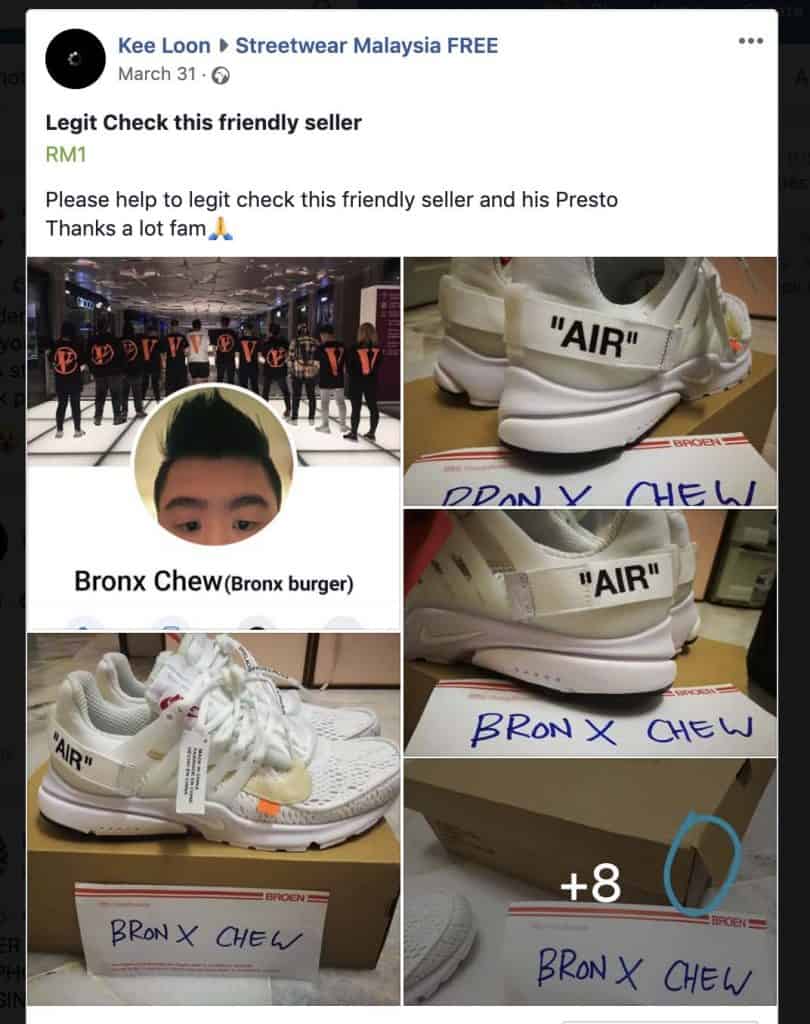
While this is not a fool-proof method in itself it can help. Someone can easily ask their friends to jump in and drop a legitimacy confirmation — however if a scam ever occurred, it will come to surface through a post like this.
State the details of the transaction — if something goes wrong, you’ve got it on record. When I say you I mean both you the buyer and the seller.
As mentioned above, we’ll eventually cover some templates in another article that should make it easier.
State details like:
Sellers have to send you the item to the address mentioned on PayPal. So make sure you’ve got that set up properly before the payment is made.
If you ask them to send the item to a different address, you’ll look as a scammer in the buyer’s eyes — even if you’re not planning to do anything malevolent. Have this set up properly to avoid a headache.
To do that you’d need to go Settings -> Address
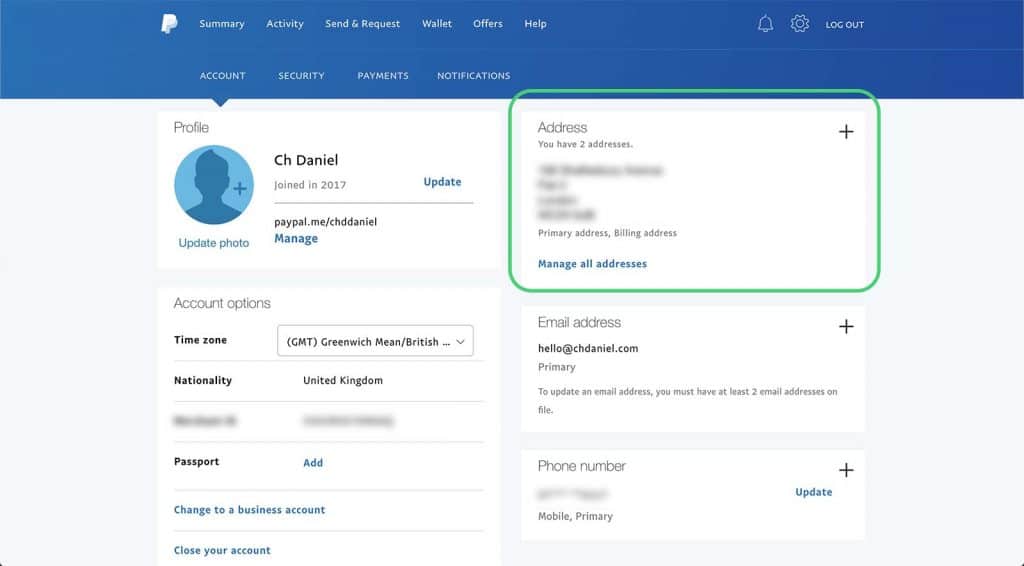
Applies more to sneakers rather than other items, as part of the pair’s value is linked to the box’s condition.
So in order to protect the sneaker’s box, ask the seller to put that in a secondary, outer-wrapping box. The responsibility is on your side, even though most of the time sellers do that automatically.
Mention this in the PayPal invoice — this can prevent a lot of headaches with the shipping company as well (the original box can open during shipment, shoes are lost and my point is made again with the insurance).
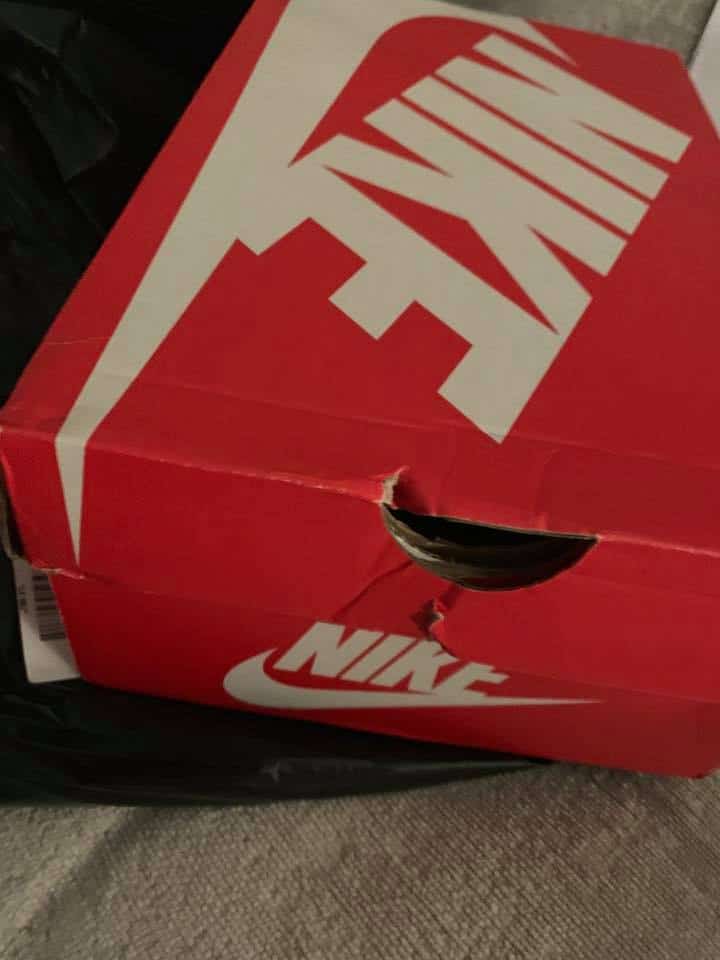
What’s dubbed as phishing, some scammers do that by claiming they’ve sent you a PayPal payment. Even though on your PayPal account’s end there’s nothing, the scam artist will send a fake email, branded as this company and at the same time pushing you into sending the item.
Double-check these emails AND your PayPal dashboard before confirming to yourself that the payment has been made.
Another famous scam would be using an excuse (people can get creative here) in order to move to another payment option which is non-refundable, in case something goes wrong:
As soon as someone tries to push you into using anything else other than PayPal invoice and you don’t specifically trust them, move away.
It’s true, PayPal Goods & Services is an alternative but whoever is serious about selling their stuff will be ok with moving from Goods & Services to Invoice. The reason for insisting on Invoice is that you can add those details mentioned above.
A seller can show you pictures of real items which you can check yourself or with us and, in fact, send you a pair of fakes — relying on your approval in the initial place.
The way to stay safe would be to:
Variations of this scam include sending an empty box, one full with potatoes or anything else that has similar weight. For the millionth time, to stay safe, use PayPal Invoice.
This is indeed a very long and exhaustive guide and I’m surely very thankful if you’ve read through it all.
I made sure I went as deep as possible into this guide, exploring everything that could go wrong just for those who want to pay extra attention.
Also, if you need our opinion on a specific item, a personalized legit check is a service that we offer:
Ideally, you will be safe if you stick to using the reliable methods we’ve described above — if there’s any new scam you’ve heard about or some extra way to stay safe, feel free to contact us and tell us about it.
Buy safely,
Ch Daniel
